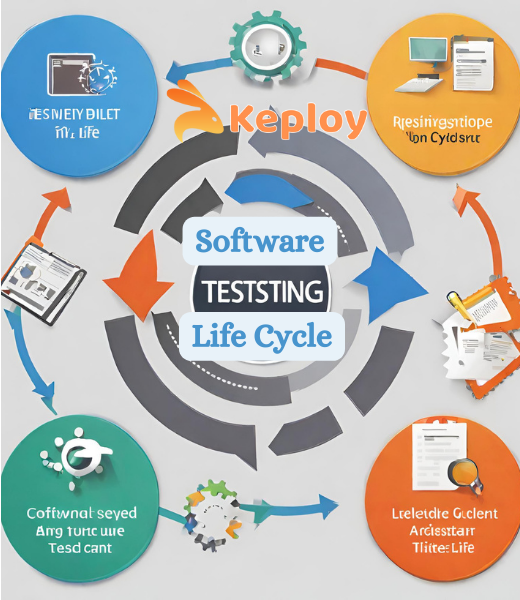

The software development life cycle (SDLC) is a structured process that outlines the steps involved in creating software applications. It provides a framework for teams to follow, ensuring a systematic and efficient approach to development.
Planning Phase
The planning phase is the foundation of the SDLC, where the project's goals, requirements, and feasibility are determined. This phase involves:
• Project Initiation: Identifying the need for the software, defining the project scope, and assembling the project team.
• Requirements Gathering and Analysis: Collecting and documenting the specific needs and expectations of the stakeholders.
• Feasibility Study: Assessing the technical, economic, and operational feasibility of the project.
• Project Planning and Scheduling: Creating a detailed project plan, including timelines, resource allocation, and risk management strategies.
Design Phase
The design phase translates the requirements into a blueprint for the software's architecture, components, and interfaces. This phase involves:
• System Design: Defining the overall structure and components of the software system.
• Database Design: Designing the database schema to store and manage the application's data.
• User Interface Design: Creating the visual elements and interactions that users will see and use.
• Architectural Design: Determining the underlying structure and technologies that will support the software.
Development Phase
The development phase involves building the actual software components based on the design specifications. This phase includes:
• Coding and Implementation: Writing the code for the software using the chosen programming languages and tools.
• Unit Testing: Testing individual components of the software to ensure they function correctly.
• Integration Testing: Testing how the individual components interact and work together.
Testing Phase
The testing phase ensures that the software meets the specified requirements and is free from defects. This phase involves:
• System Testing: Testing the entire software system to verify its functionality and performance.
• Acceptance Testing: Testing the software against the original requirements to ensure it meets the stakeholders' expectations.
• Regression Testing: Retesting the software after changes are made to ensure that existing functionality remains intact.
Deployment Phase
The deployment phase involves releasing the software to the production environment for use by end-users. This phase includes:
• Installation and Configuration: Installing the software on the target hardware and configuring it to work with the production environment.
• User Training: Providing training to end-users on how to use the software effectively.
• Go-Live: Officially launching the software and making it available to users.
Maintenance Phase
The maintenance phase involves ongoing activities to support and enhance the software after its initial release. This phase includes:
• Corrective Maintenance: Fixing defects and bugs that are discovered after the software is deployed.
• Preventive Maintenance: Implementing measures to prevent future problems and improve the software's reliability.
• Adaptive Maintenance: Modifying the software to accommodate changes in the business environment or user requirements.
• Perfective Maintenance: Enhancing the software's functionality, performance, or usability.
The SDLC is a flexible process that can be adapted to fit different project needs and methodologies. By following the steps outlined in the SDLC, organizations can deliver high-quality software products efficiently and effectively.
The above is the detailed content of The Software Development Life Cycle (SDLC): A Comprehensive Guide. For more information, please follow other related articles on the PHP Chinese website!




